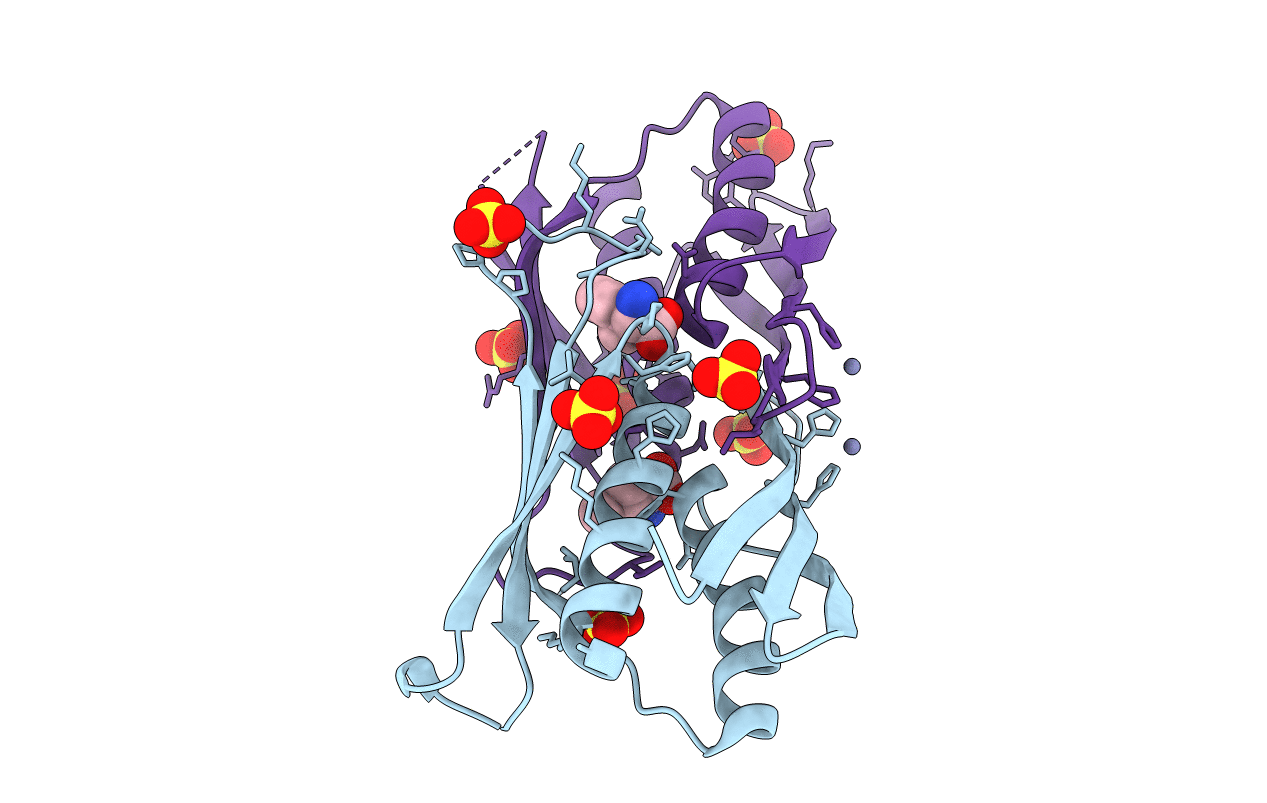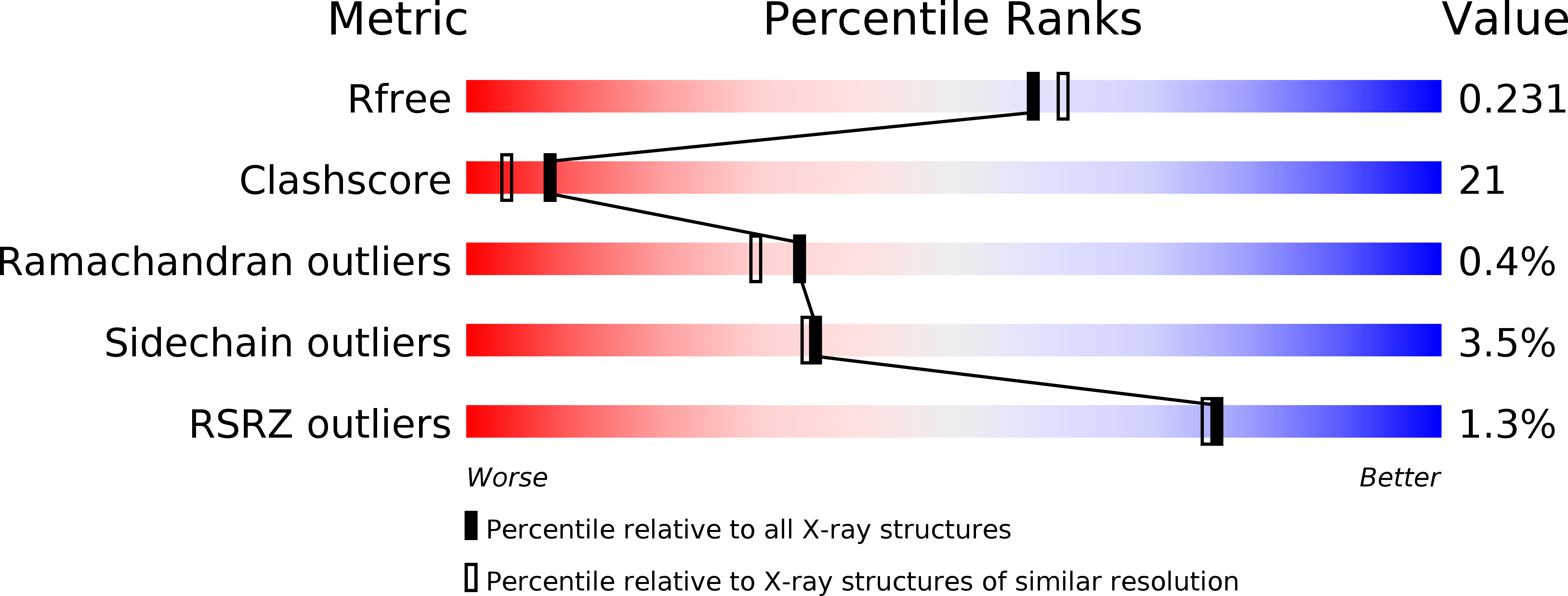
Deposition Date
2008-11-06
Release Date
2009-04-21
Last Version Date
2023-12-27
Entry Detail
PDB ID:
3F6G
Keywords:
Title:
Crystal structure of the regulatory domain of LiCMS in complexed with isoleucine - type II
Biological Source:
Source Organism:
Leptospira interrogans (Taxon ID: 173)
Host Organism:
Method Details:
Experimental Method:
Resolution:
2.00 Å
R-Value Free:
0.26
R-Value Work:
0.22
R-Value Observed:
0.22
Space Group:
C 1 2 1


